Following our noses From floral lilacs to the hot tar of roadworks, what scents best capture the smell of Winnipeg?
Read this article for free:
or
Already have an account? Log in here »
To continue reading, please subscribe:
Monthly Digital Subscription
$1 per week for 24 weeks*
- Enjoy unlimited reading on winnipegfreepress.com
- Read the E-Edition, our digital replica newspaper
- Access News Break, our award-winning app
- Play interactive puzzles
*Billed as $4.00 plus GST every four weeks. After 24 weeks, price increases to the regular rate of $19.00 plus GST every four weeks. Offer available to new and qualified returning subscribers only. Cancel any time.
Monthly Digital Subscription
$4.75/week*
- Enjoy unlimited reading on winnipegfreepress.com
- Read the E-Edition, our digital replica newspaper
- Access News Break, our award-winning app
- Play interactive puzzles
*Billed as $19 plus GST every four weeks. Cancel any time.
To continue reading, please subscribe:
Add Winnipeg Free Press access to your Brandon Sun subscription for only
$1 for the first 4 weeks*
*$1 will be added to your next bill. After your 4 weeks access is complete your rate will increase by $0.00 a X percent off the regular rate.
Read unlimited articles for free today:
or
Already have an account? Log in here »
Smell is a particularly potent human sense.
Unlike touch, taste, sight and hearing — which have dedicated processing centres in the brain — smell lights up the limbic system where memories are stored and emotions are activated.
This deep neural connection is why a whiff of perfume can conjure up a long-lost relative, why the scent of freshly mown grass triggers thoughts of summer, why certain foods smack of familial hospitality. Smell offers a direct link between our outer and inner worlds.
“We are smelling beings,” says Johannes Frasnelli, a professor of anatomy at Université du Québec à Trois-Rivières. “Not just that we emit body odours, which is true, but we perceive our environment with every breath we take.”
“We are smelling beings.”–Johannes Frasnelli
Home is where the nose is.
The Free Press Arts & Life team recently embarked on an olfactory reporting journey to answer the following question: what does Winnipeg smell like?
We’ve gathered a bouquet of familiar civic scents, but the list below is far from exhaustive, because home smells different to everyone for a range of biological and cultural reasons.
Frasnelli — who studies the physiology, psychology and pathology of smell and taste — points to holiday scents as an example.
The scent of pine trees might elicit warm, cosy feelings for someone who grew up in North America and celebrates Christmas.
While pine trees and baking spices might elicit warm, cosy feelings for someone who grew up in North America and observes Christmas, those aromas may trigger different emotions for people with different cultural touchstones or negative experiences of the holiday.
“It really depends on the context in which we have learned the association between the odour and the event and the emotion,” he says.
The link between smell and memory is often called the Proust Phenomenon, after the French novelist Marcel Proust’s writing on the topic in À la recherche du temps perdu, an early 20th-century title with various English translations.
After describing a flood of childhood memories brought on by a madeleine soaked in tea, Proust concludes: “…the smell and taste of things remain poised a long time, like souls, ready to remind us, waiting and hoping for their moment, amid the ruins of all the rest; and bear unfaltering, in the tiny and almost impalpable drop of their essence, the vast structure of recollection.”
Smell is an exceptionally nostalgic sense, as there is evidence scent-based memories are established earlier in childhood development than those tied to images or sounds, Frasnelli says.
“Smell goes very far back in our biography and during our lifetime, the sense of smell gets worse,” he says.
“Smell goes very far back in our biography and during our lifetime, the sense of smell gets worse.”–Johannes Frasnelli
An estimated one in five people lives with some degree of smell loss, with higher rates among older adults. While a stuffy nose brought on by allergies can dull the sense, the complete loss (anosmia) or distortion (parosmia) of smell can be gradual or acute, temporary or permanent.
As a common symptom of COVID-19, smell loss and its fallout has gained wider attention in recent years.
“Smell is more important than we think,” says Frasnelli, adding it’s often undervalued when compared with other senses.
“Not being able to smell is a little bit like not being able to see colours, just black and white. You can survive, you can live with it, but it’s not fun.”
As a matter of human evolution, being able to detect smoke, noxious gases and spoiled food helps us avoid danger and illness. Our sense of smell also enhances our enjoyment of and connection to the world around us.
Foods and drinks taste better thanks to the interplay between taste and smell. The body odors of our partners and children are designed to trigger imperceptible biological responses.
“We are surrounded by odours and if we focus we could actually smell them, but we don’t because we habituate to them.”–Johannes Frasnelli
Our homes also carry important scent markers, but the aromas of familiar places usually fade into the background owing to the unconscious nature of olfactory processing. Attention and prolonged absence, however, can make the nose grow stronger.
“We are surrounded by odours and if we focus we could actually smell them, but we don’t because we habituate to them. People who come back home to Winnipeg probably perceive (its smells) more consciously than people that live in Winnipeg all the time,” Frasnelli says.
To that end, we invite you to explore the city with renewed nostrils — a tourist’s nose, if you will.
What does Winnipeg smell like to you? What memories are triggered by specific local scents? Send an email to arts@freepress.mb.ca with your nasal observations.
— Eva Wasney
Smells like spirited energy
Free Press writers describe the notable aromas that make Winnipeg home.
Nonsuch exhibition at Manitoba Museum
- Top note: Woodsmoke
- Secondary note: Tarry, with hints of pine, leather and oak
Anyone who has visited the Hudson’s Bay fur-trading ship at the Manitoba Museum knows the distinctive aroma of the Nonsuch gallery. It’s the smell of pine tar, often called Stockholm tar. This sticky substance, made by cooking the roots and stumps of pine trees down to a thick molasses-like goo, is used to waterproof ropes.
JOHN WOODS / FREE PRESS FILES
The Nonsuch gallery has a distinctive aroma .
When Courtney Andersen, an American historical rigger hired by the museum in 2018 to refurbish the replica 17th-century ketch, was in town, he noticed the scent has a real hold on the imaginations of Winnipeggers; servers at restaurants would comment on how he smelled — he exuded a noticeably smoky, oaky miasma after a day’s work aboard the ship — saying, “You smell like the Nonsuch.”
“Everyone I’ve talked to in Winnipeg says, ‘Oh, yeah, I went on that when I was a little kid!’ and everyone talks about the smell of the ship,” Andersen told the Free Press. “It’s kind of cool.”
— Jill Wilson
Lilac season
- Top note: Fresh spring floral
- Secondary notes: Cut green leaf, rain (petrichor), cosmetic powder
Lilacs grow in lots of cities, of course, but they feel like a Winnipeg thing, don’t they?
Maybe because they represent the beginning of a hard-won spring. Maybe because they are hardy survivors.
The smell of lilacs represents the beginning of a hard-won spring.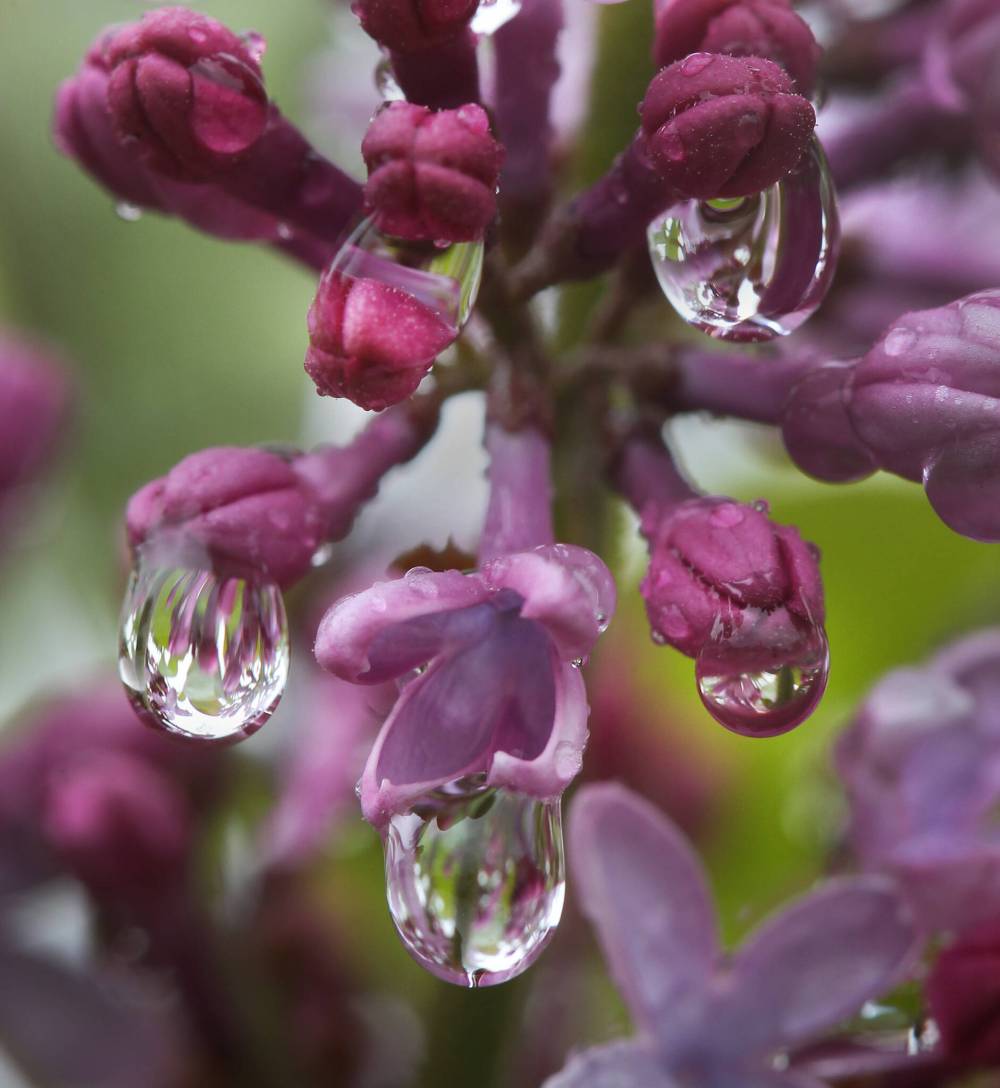
For two glorious weeks in May, the city bursts with these conical blooms, perfuming the first warm breezes of the season with their intoxicating scent.
Lilac bushes line laneways and grow between houses; they might be on your property but they feel like they belong to everyone.
People try to capture their impermanence with back-alley foraged bouquets and iPhone photos, but it’s for naught. They smell best in the wild when they are mingling with the smell of honeysuckle and apple blossoms and barbecued burgers during golden hour.
Lilacs seem to be their most fragrant when they are about to die, when every tiny flower on the cone is open. So there’s a hint of sweet rot, too, reminding you that nothing lasts forever — not even lilac season.
— Jen Zoratti
Curling rink
- Top note: Manufactured ice
- Secondary note: Fried food, popcorn, hints of beer
From May through to late September, I have to live without one of my favourite smells — the curling rink.
When curling season resumes and I push open the doors of the Deer Lodge Curling Club for the first time, the smell of the kitchen’s fried fare mixed with the freshly pebbled sheets of ice welcomes me with a slightly chilled hug. Those smells follow you up the stairs to the lounge, where the underlying beer and popcorn notes enter the fray.
Curling clubs today smell less smoky than in the past.
The smell of curling rinks has evolved over time. Back in the days of Ed Lukowich and Orest Meleschuk (ask your parents/grandparents), it wouldn’t be uncommon to see a cigarette dangling from a curler’s mouth as they threw a rock, the smoky haze hanging over the ice disturbed only by the almost-violent corn-broom sweeping.
Today, many rinks are moving beyond the standard fried beige food — the Assiniboine Memorial Curling Club, for example, is home to Sol International Fusion, serving up Korean and other Asian fare, while the Fort Garry Curling Club’s The House Eatery offers pizza alongside more standard curling eats.
— Ben Sigurdson
Riverbank
- Top note: Wet clay
- Secondary notes: Rotting vegetation, animal musk, excrement
Winnipeg is a river city through and through. Its name is derived from Winipīhk, a Cree word meaning “muddy water,” and its geography is defined by the meandering paths of the Red and Assiniboine rivers.
MIKAELA MACKENZIE / FREE PRESS FILES
Eva Wasney's childhood memories include the smell of wet wooden canoe paddles, and rubber boots stuck in pungent riverbank muck.
Despite their defining qualities, our waterways aren’t always treated with the respect they deserve. See: the billions of litres of untreated sewage that flow from the City of Winnipeg into its rivers annually.
Poop aside, the complex funk of riverbank ecosystems — where plants, animals and humans converge — can be found in nearly every neighbourhood.
Having grown up along the Seine River, much of my childhood is imbued with the smell of wet wooden canoe paddles, rubber boots stuck in pungent muck and low-lying parks caked in sour, sun-baked silt after a spring flood.
It’s a cherished, widely available stank that will forever remind me of home.
— Eva Wasney
Rotting oak leaves
- Top note: Woody
- Secondary notes: Earthy, vegetal, damp, forgotten crisper drawer
While the American elm gets a lot of publicity in this town owing to its (former) prominence on boulevards and its ability to make cathedral arches — and, yes, the horrible disease killing it — the oak tree is also synonymous with Winnipeg. Particularly autumn in Winnipeg.
The oak tree is synonymous with autumn in Winnipeg.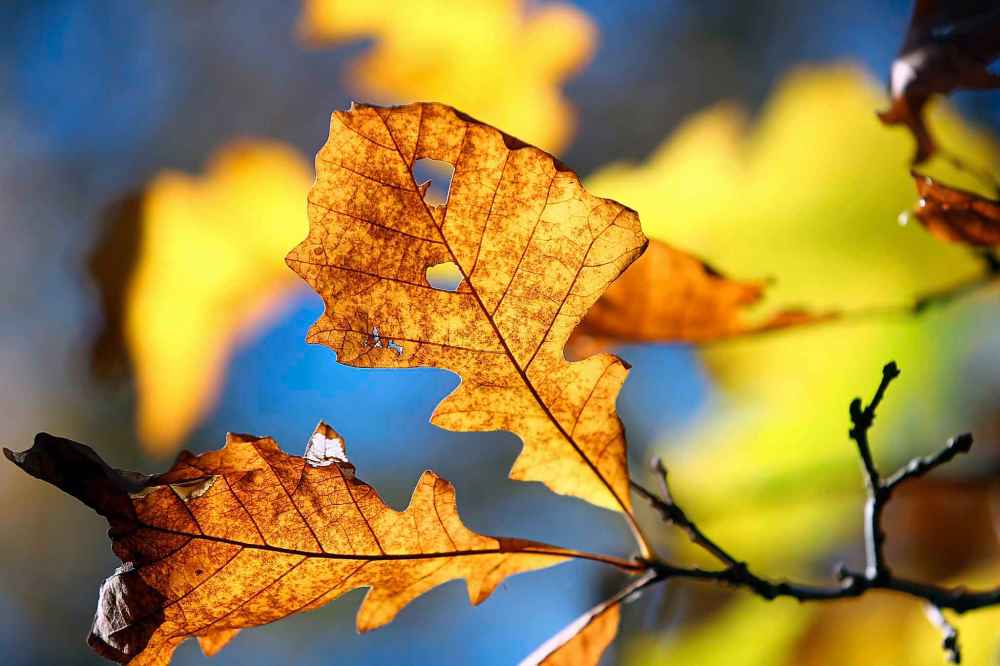
This is not an auditory feature, but Winnipeg is crunchy. Before the crunch, crunch of snow there’s the crunch, crunch of oak leaves, their little jauntily capped acorns cracking open underfoot, imparting their woody scent on a crisp fall ramble down Wellington Crescent.
But they emit a particularly pungent fug when they are left on the boulevard too long, perhaps subjected to the freeze-melt of an early October snowfall.
But loathe it or strangely like it, that smell of pulpy, damp decay — like that of a pumpkin carved into a jack -o’- lantern too soon — is a defining scent of the season.
— Jen Zoratti
The Tall Grass Prairie back lane in winter
- Top note: Yeast and vanilla
- Bottom note: Frost, nearby laundry
I’m not a hiker, but I am a scattershot nighttime walker, my movement patterns inspired by the evasive zig-zagging of Alan Arkin in 1979 comedy The In-Laws.
But while Arkin’s Sheldon Kornpett, DDS, ran in a serpentine fashion to avoid a hailstorm of bullets, I do so to transform each neighbourhood stroll into a standalone experience, submitting to freewheeling curiosity: like my perpetually sniffing pup Fievel, I treat every walk as an adventure.
But over the years in Wolseley, I’ve learned to include a stretch behind Tall Grass Prairie, where bursts of baked-good aromas cut through the winter air like a hot knife through a pillowy dinner bun.
Mmmmm, smells like Wolseley.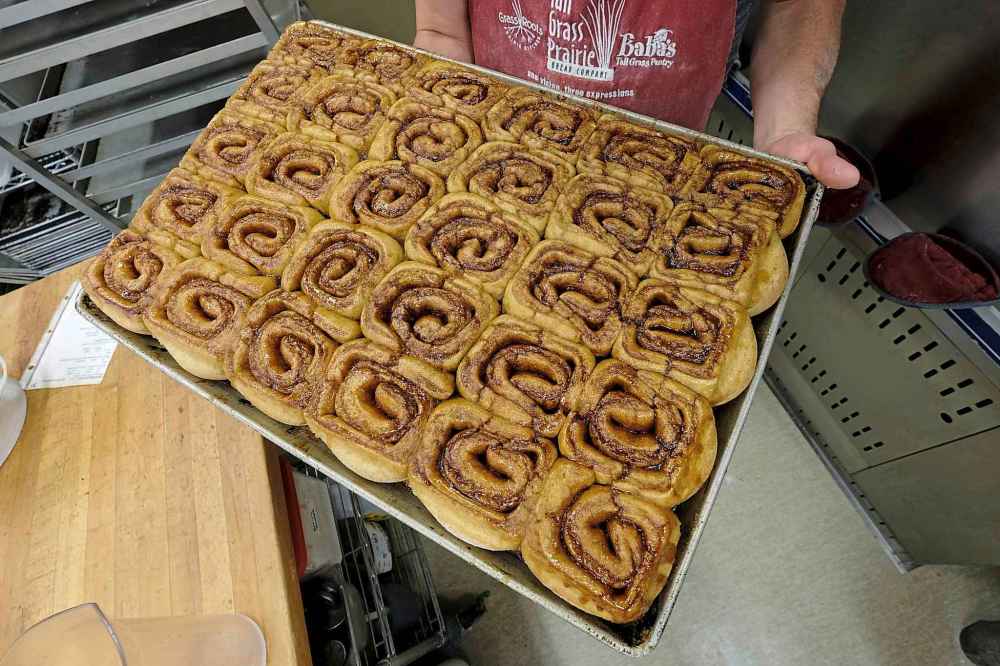
While our capacity for olfactory processing is diminished in colder temperatures, I find a brief jaunt through the bakery back lane’s “aromatic field” — a term I made up but could be real? — is akin to running through a sprinkler to cool down on a hot summer’s day.
By immersing myself, for even 15 seconds, in a pleasurable smell zone that contradicts the chill of the day, I am invigorated, returning to sensory homeostasis while being reminded of the comforts of Home Street.
— Ben Waldman
Train tracks
- Top note: Warm metal
- Secondary notes: Burnt rubber, mechanical oil, seasoned lumber
RUTH BONNEVILLE / FREE PRESS FILES
Trains emit a heavy metallic aroma.
Winnipeg is also a rail city. The city owes its rapid 19th-century growth (for better or worse) to the arrival of the Canadian Pacific Railway and its continued westward expansion. Tracks were laid, commerce flourished, Indigenous and low-income communities were displaced.
As with its rivers, the city is intersected by train tracks carrying a steady flow of freight through industrial areas and residential neighbourhoods.
The heavy metallic aroma emanating from the steel tracks and the cars atop them is accompanied by a low rumble and a jarring high-pitched whistle.
A passing train brings about a sense of historic awe and modern frustration. If human ingenuity knows no bounds, why are there so many road blocks?
— Eva Wasney
Old Dutch factory
- Top note: Raw, freshly peeled potato
- Secondary: A harsh, green, vegetal aroma
How is that potato chips can be so delicious, but the smell of raw potatoes so disgusting? The aroma that wafts over from the factory producing Manitoba’s hometown snack (which happens to be located next to the Free Press building) is like stepping into a cold room or cellar where a sack of spuds has been festering all winter.
The smell is the exact equivalent of biting into a raw piece of potato, one of Mother Nature’s cruelest tricks.
Weirdly, no chip-flavour smells ever seem to escape the factory; I’d be totally down with the scent of dill pickle or barbecue.
— Jill Wilson
Roadworks
- Top note: Tar
- Secondary note: Asphalt, concrete dust, kerosene
The summer of 2022 was my first in Winnipeg and to me will forever be marked by the hot and familiar smell of tar.
A message written in molecules, the scent is lodged deep in my brain, sparking signals connected to specific memories, triggering emotions associated with a time, a place, a moment, a me that no longer exists anywhere else other than in the recesses of my mind.
It was the first thing I noticed about the city, an all-pervasive pungency I’ve encountered in the other places I’ve called home but the whiff in those cities was not as strong, not as prevalent.
The scent of hot asphalt can be ubiquitous in spring.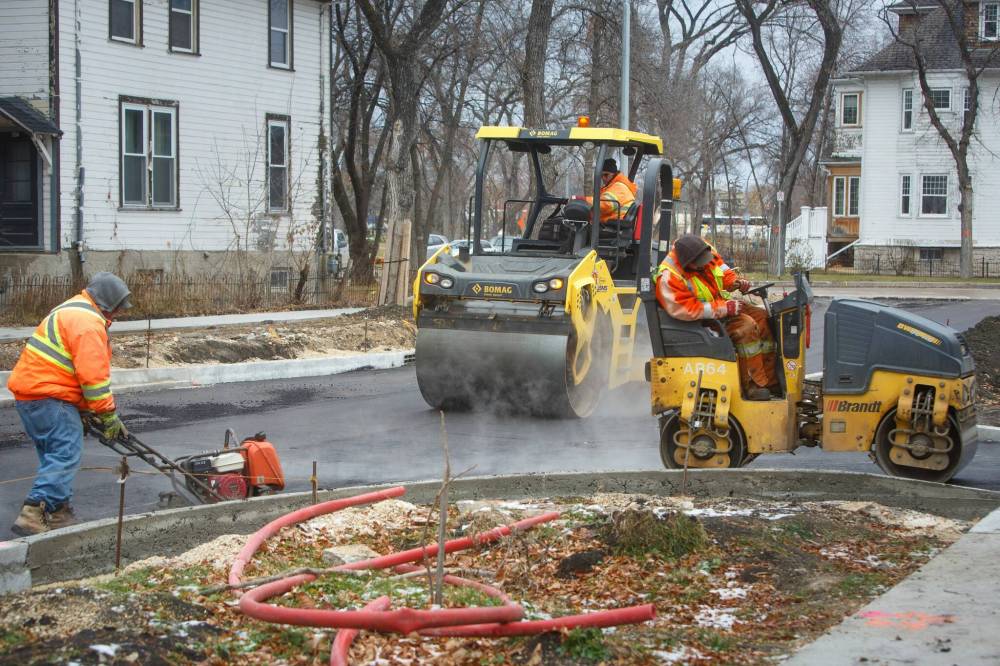
Last summer I spent hardly any time in the city; seismic events beyond my control took me far across oceans, back to the country I was born, to a place I used to know as home.
In that space, surrounded by sights that were familiar and unfamiliar all at once, that smell assailed my nostrils, immediately pulling me back to Portage and Main and Pembina and Stafford and Grant and Roblin, streets that seem to be in the perpetual grip of infinite roadworks, streets with names I once did not know in a city which, dare I say it, I now consider home.
— AV Kitching
When It’s -30 C
- Top note: Crisp, clean nothing
- Bottom note: Exhaust, sewer, back-alley restaurant grease
A fresh snowfall makes the city look new. A really cold day makes it smell new, too.
You’re not imagining it. There’s a scientific reason summer tends to be a stinkier season than winter.
A sundog frames the Manitoba legislative building on a frigid February afternoon.
Odour molecules move more slowly in cold air than they do in warm air, which is why you can’t smell the garbage-y, urine-y smells that a hot, humid summer day can stir up.
There are certain city scents that cut through that crisp air. Exhaust. Sewer grate. Grease. But they are made softer, less intense, more rounded — a small mercy granted by that most harshest of seasons.
— Jen Zoratti
Rendering plant
- Top note: Sickly sweet barnyard
- Bottom note: Death
Nobody expects the process of animal parts being boiled into oil to smell good, but what trick of the wind sometimes allows the St. Boniface rendering plant’s pong to reach every corner of the city?
— Jill Wilson
What’s in a smell?
Smoky air tinged with the sweet smell of lilac. Hot tarry roads and muddy riverbanks. Raw potatoes and the heady mix of herbaceous sage and sacred sweet grass, rotting oak leaves, the woody scent of the Nonsuch exhibition at the Manitoba Museum and cold curling rinks…
No, these are not a few of our favourite things — rather they are the smells members of the Free Press Arts & Life team associate the most with Winnipeg.
But does the city have one defining smell? A whiff that, as soon as it hits your nose when you enter the city’s limits, signals you are home? An odour ingrained in your DNA, so significant, so familiar that if you catch a hint of it anywhere else in the world, you’re transported back here?
“There isn’t a single smell that identifies a city because cities are great, big diverse places and depending on the season, Winnipeg smells of different things,” says Michael O’Malley, founder of La Parfumerie in Wolseley.
Michael O’Malley of La Parfumerie has created a perfume inspired by the characteristic smells of Winnipeg.
However, the perfumer, who specializes in custom-blending fragrances, has risen to the challenge of concocting a local scent.
This is the first time he’s attempted to capture the smells of a city.
To design the scent, O’Malley reaches for tiny vials of essential oil arranged neatly on a shelf.
“We are talking about making a perfume inspired by the scents of Winnipeg and right now that’s going to be lilac and smoke,” O’Malley says.
Smoke from the destructive fires raging in parts of the province have wafted here, carried here by the same strong winds that whipped them up to a blazing inferno.
Sadly, the smell is becoming synonymous with Manitoba summers.
“Most of the oils I work with are essential oils, but there is there is no pure essential oil of lilac. The only way to get a lilac smell is in a laboratory and I have a very good synthetic which is amazing; most people don’t know the difference,” he says.
He’s right — the synthetic smells the same as the countless lilac-fringed bushes wafting their scent across the city.
To recreate the smell of smoke, O’Malley opts for a type of myrrh called opopanax, which on its own proves to be strong and fairly unpleasant.
He creates a simple perfume combining two parts lilac with one part of opopanax in hope that the lilac will render the latter more palatable, but there’s no masking the stronger smell of the latter.
Mixing and sniffing as he blends, O’Malley attempts to pin down key elements of the city to create our olfactory tribute to Winnipeg.
A blend of essential oils captures memories of Winnipeg.
But replicating smells isn’t as easy as we first assumed; essential oils don’t often smell like tar, potato chips or the cold.
“There isn’t such a thing as a cold smell, and I wouldn’t say I have anything that smells like tar, either. But a second cousin to the tar might be something,” he says, reaching up for a vial of labdanum, a sticky brown resin found on the Cistus or rock rose plant.
O’Malley continues to build on his fragrance pyramid, layering oils to achieve a scent that will unfold over time to reveal its complexities.
Using labdanum and opopanax as base notes — just one drop of each — he mixes in one part lilac with one part white musk to create something more pleasing to the nose.
If you could bottle the essence of Winnipeg, what would it be?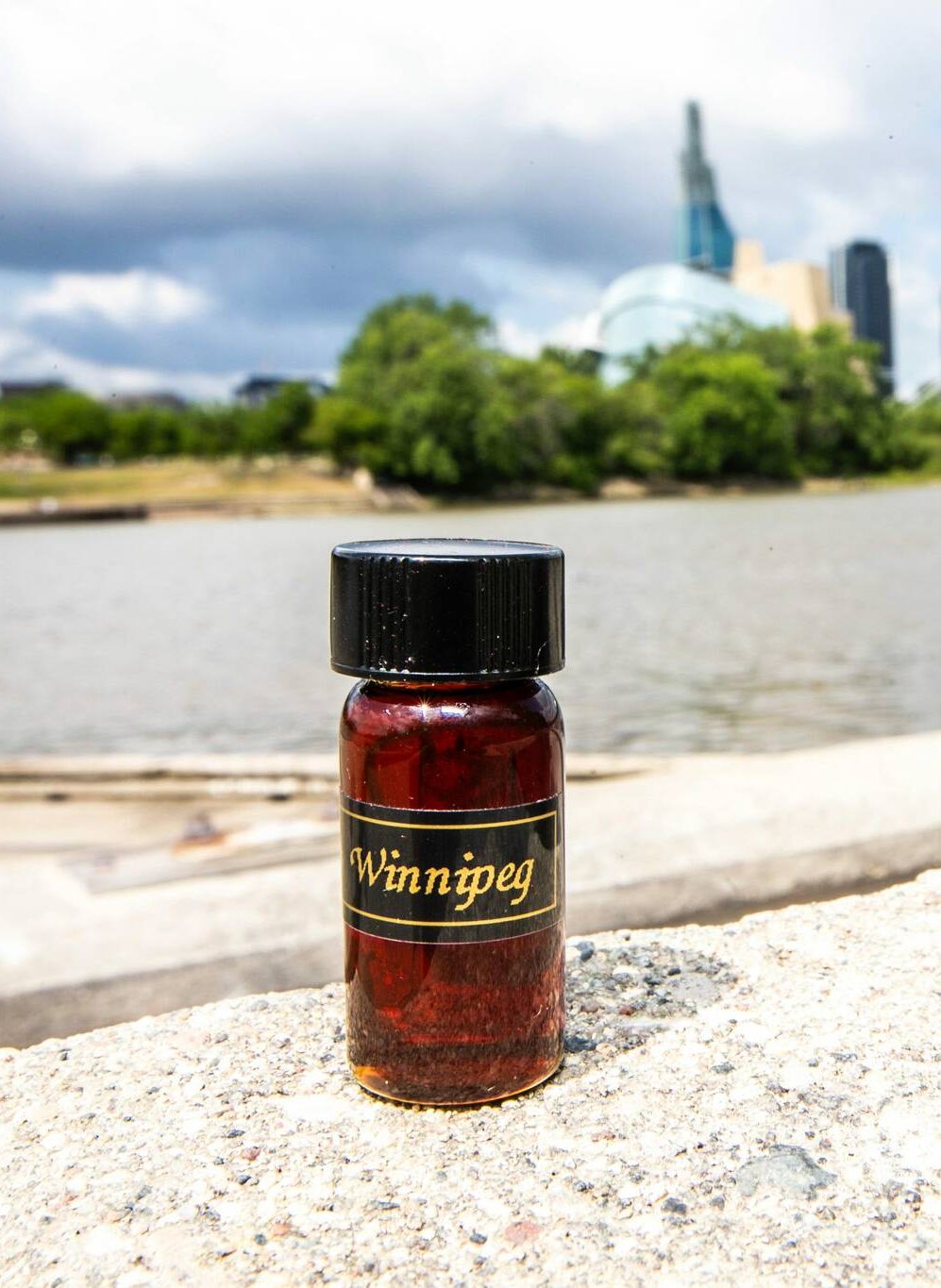
“When you’re working on a scent and it’s not smelling so great, you can cheat it a little bit by adding white musk to have a perfume that you like,” he says.
It’s certainly less obnoxious than previous iterations, but still rather unpleasant and certainly something no one would want to wear.
It takes a few more attempts before he creates a fragrance he is happy with, containing eight different scents combined in specific proportion, resulting in a potion inspired by the smells of Winnipeg and the city’s Indigenous roots.
“I’m using smudging herbs like sweetgrass and sage in this scent to recognize and acknowledge that Indigenous culture is a really important part of life here,” he says.
“We have opopanax, which speaks to the smoke, labdanum, which is the closest thing to tar, Atlas cedar for the Nonsuch and sweetgrass and sage, inspired by smudging herbs, lilac because it’s such a dominant smell in the warmer months, oakmoss to represent mulch and leaves and vetiver for dirt and mud,” he explains.
O’Malley’s custom Winnipeg scent, designed with the help of the Free Press Arts & Life team, can be requested from La Parfumerie.
— AV Kitching


Eva Wasney is an award-winning journalist who approaches every story with curiosity and care.

Ben Waldman is a National Newspaper Award-nominated reporter on the Arts & Life desk at the Free Press.

Jen Zoratti is a Winnipeg Free Press columnist and feature writer, working in the Arts & Life department.


Jill Wilson started working at the Free Press in 2003 as a copy editor for the entertainment section.
Our newsroom depends on a growing audience of readers to power our journalism. If you are not a paid reader, please consider becoming a subscriber.
Our newsroom depends on its audience of readers to power our journalism. Thank you for your support.


